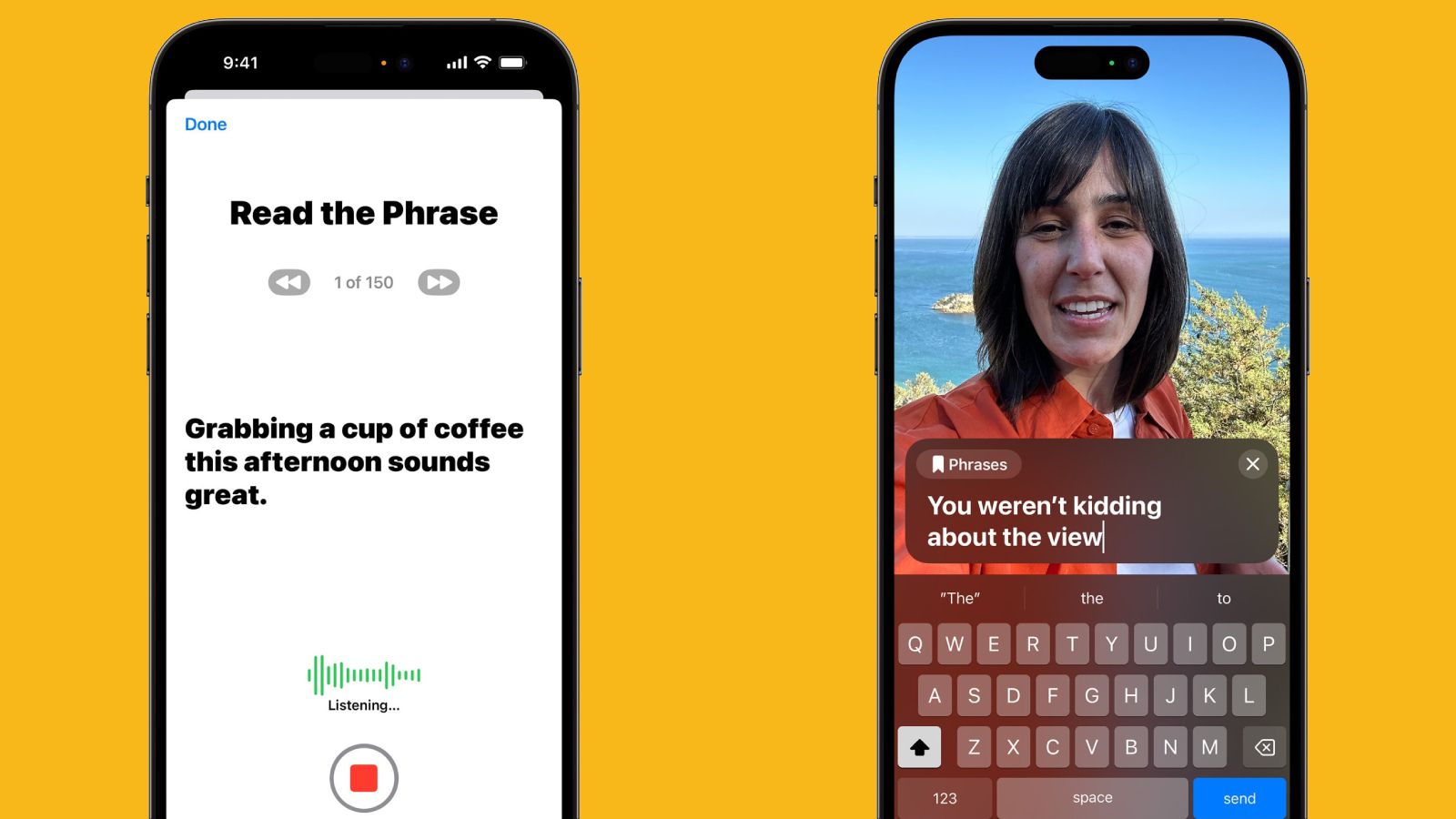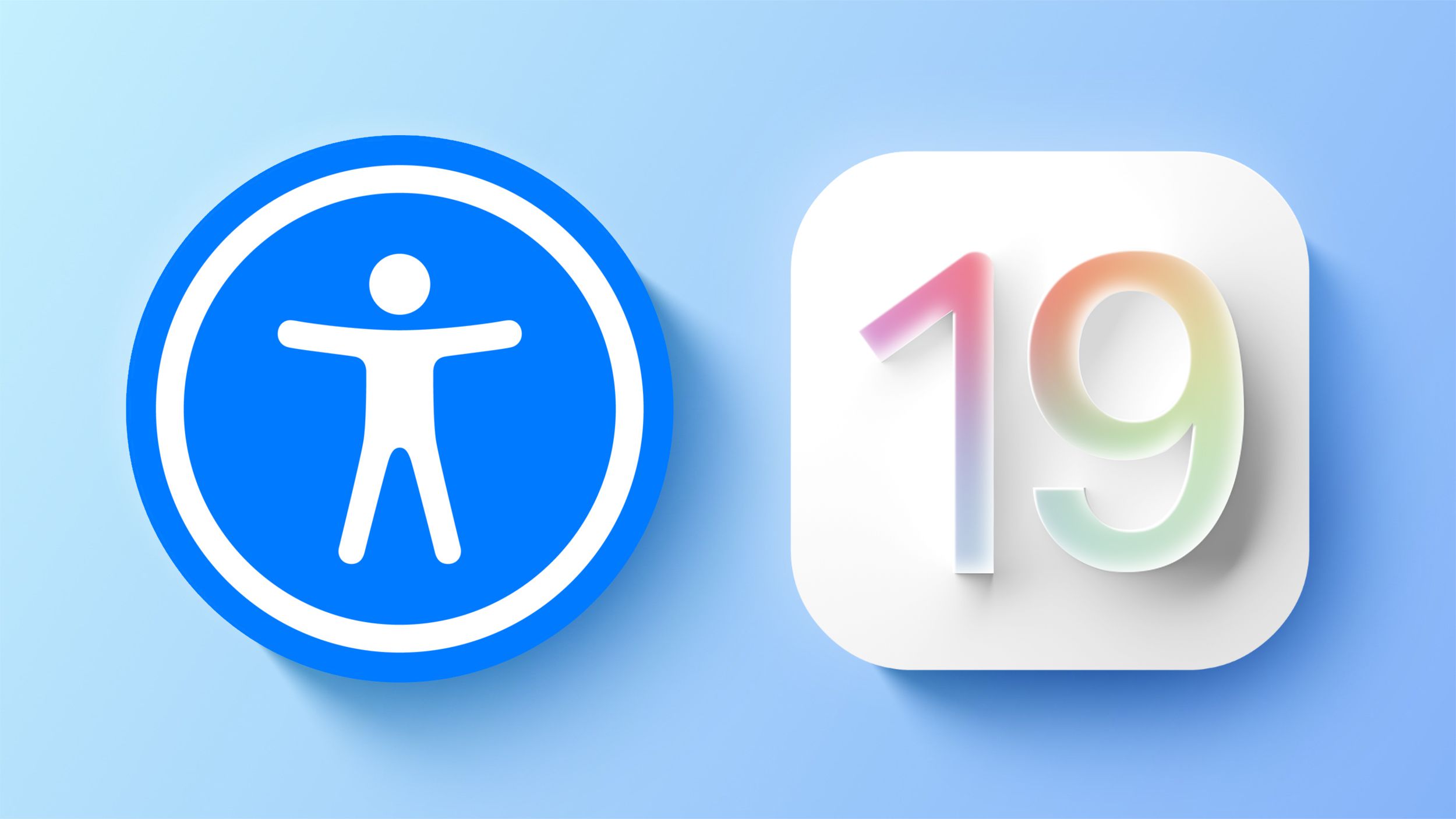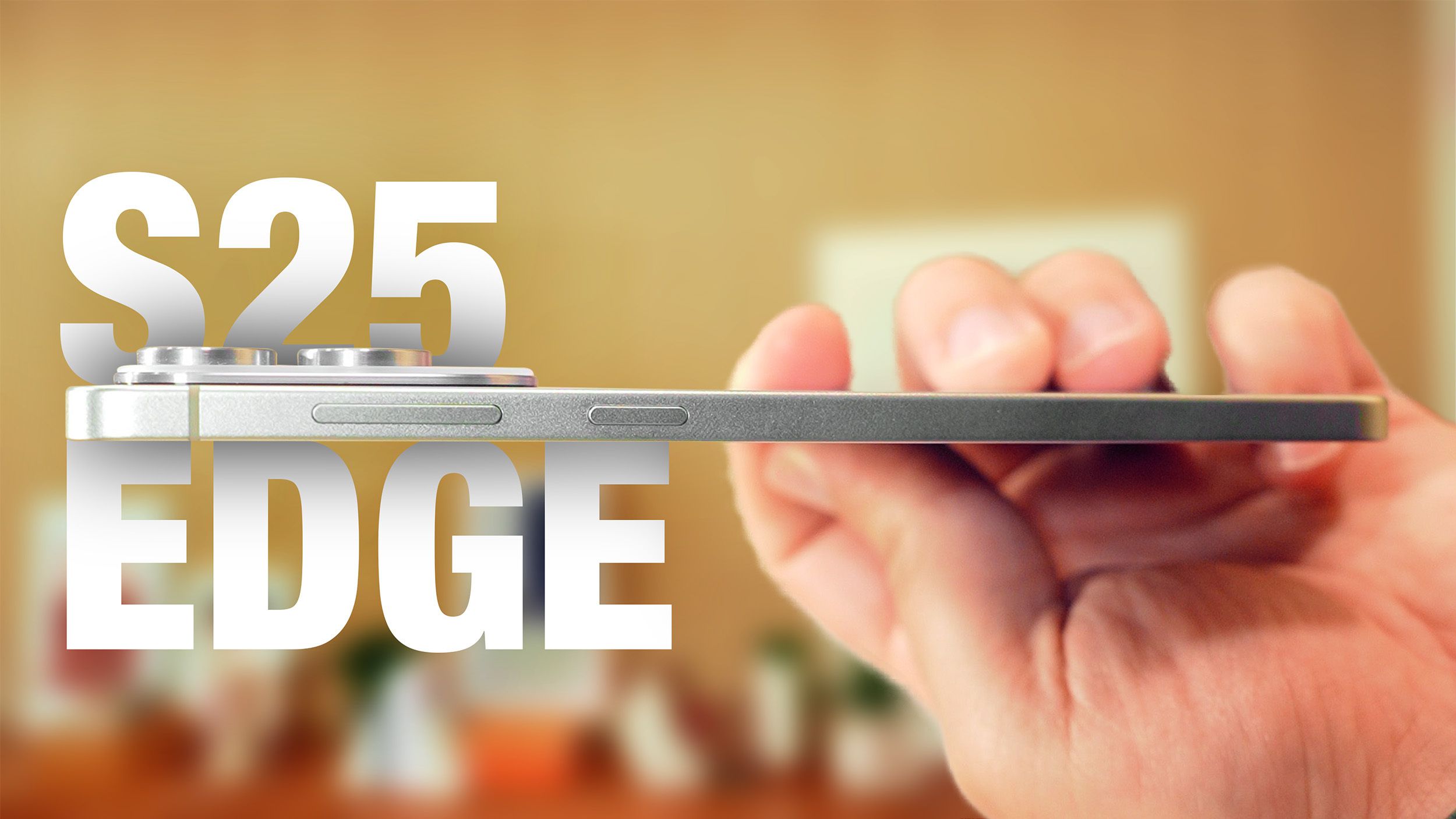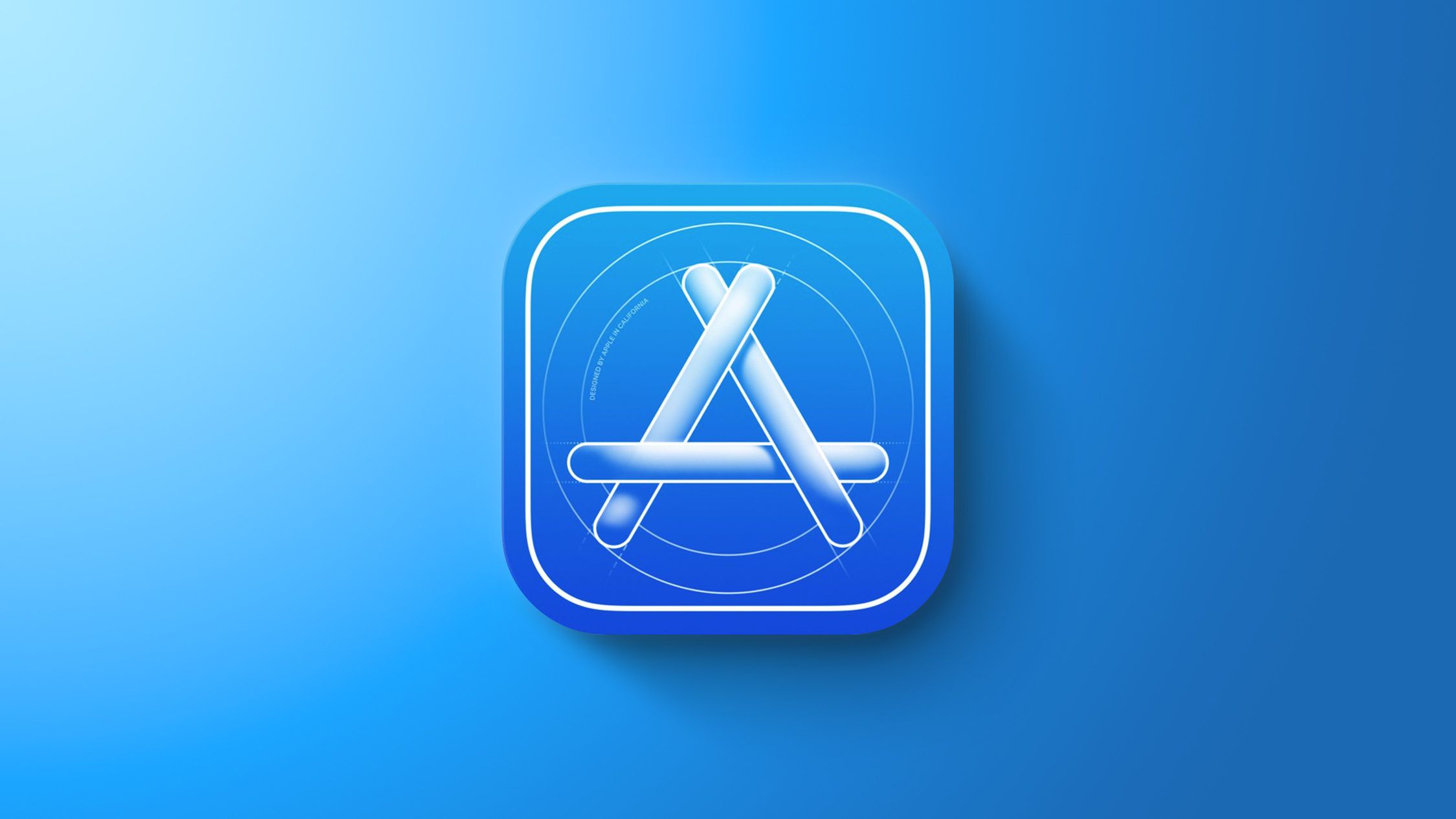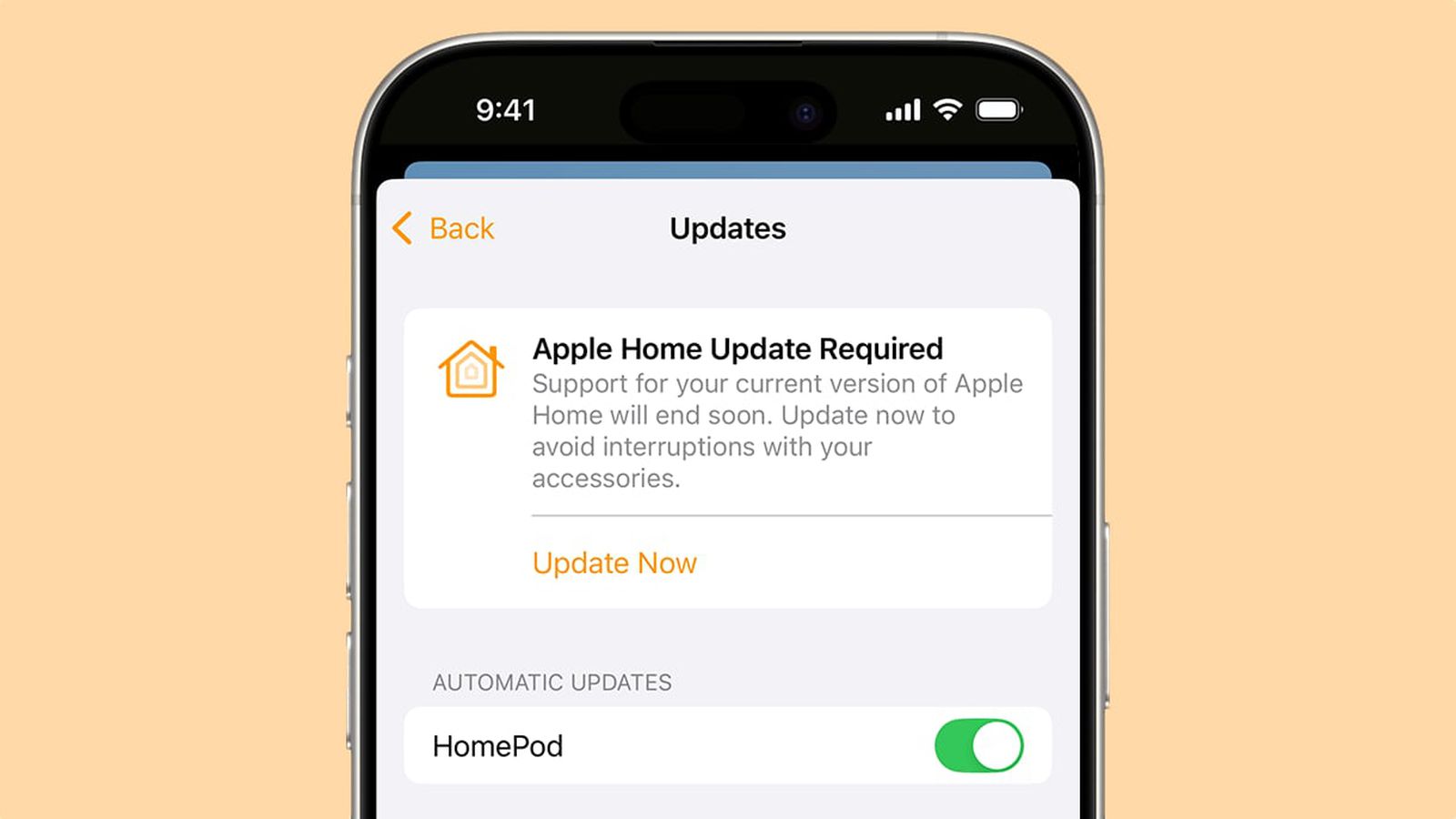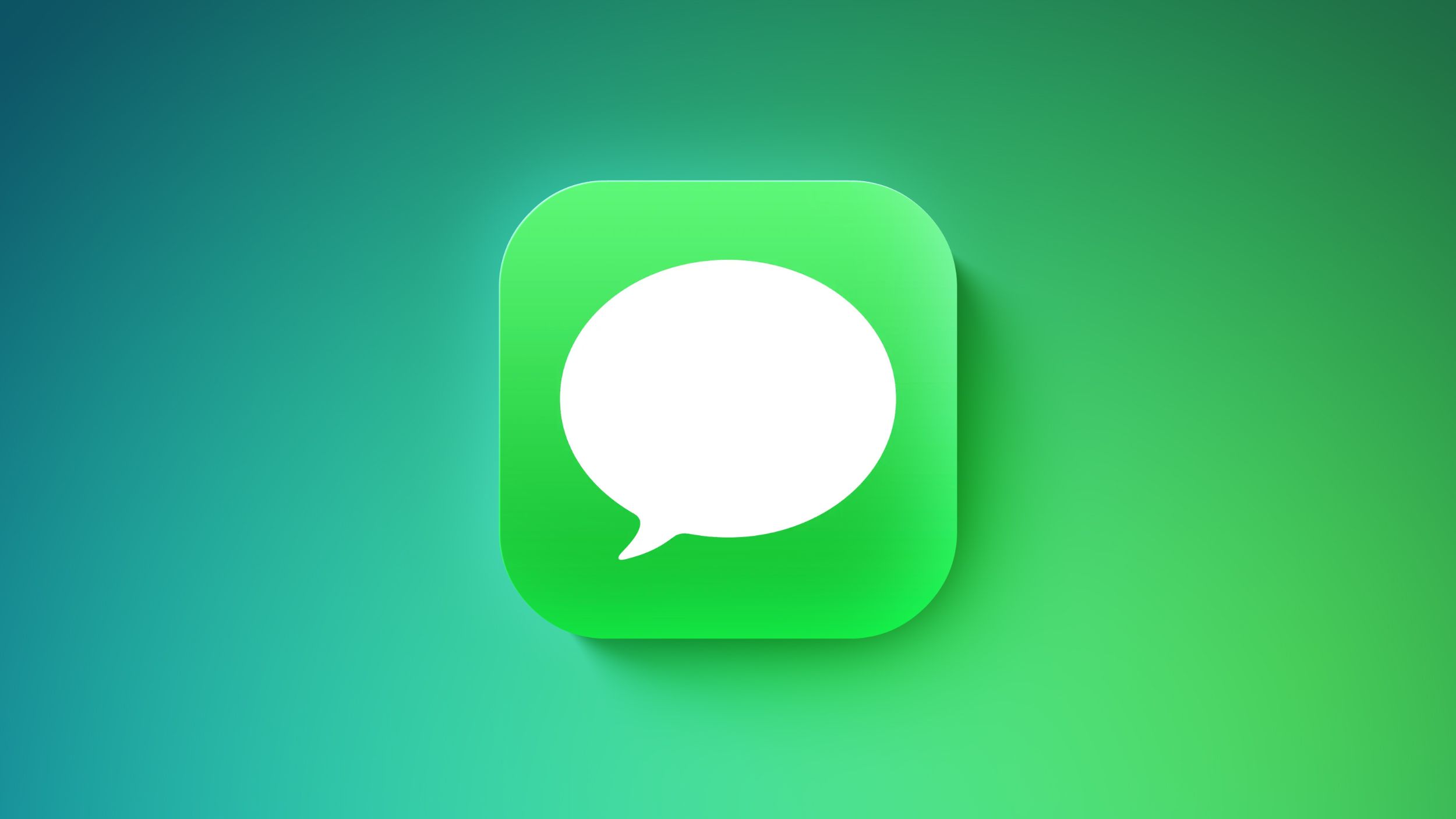DJI’s much-awaited Mavic 4 Pro drone has launched, but there’s bad news.Due to Trump’s tariffs and other market uncertainties (like a potential DJI ban), it’s not yet on sale in America and there’s no word on when it will be, or for what price.That will disappoint US buyers, because the Mavic 4 Pro is the most technologically advanced consumer drone ever.With a triple-camera system housed in a wild-looking round gimbal, it can shoot up to 6K at 60 fps with 16 stops of dynamic range, beating any drone and even most cameras.
DJI also boosted top speed, battery life and range, while improving obstacle avoidance in low light via a new LiDAR system.Plus, the company introduced an all-new RC Pro 2 controller with a useful new foldable design.I’ve had the Mavic 4 Pro for a couple of weeks now and it performs even better than the specs would suggest.Though a bit expensive, this drone is so polished and capable that nothing else remotely compares to it.DJI/Engadget93100Expert ScoreDJI Mavic 4 ProDJI’s Mavic 4 Pro is the most technologically advanced consumer drone I’ve seen, with improvements in video quality, obstacle detection, tracking, battery life and range.
However, it’s not yet on sale in the US.ProsOutstanding video qualityLiDAR improves obstacle detection at nightActiveTrack 360 produces cool tracking shotsClass-leading battery lifeLongest transmission range of any droneConsSometimes fails to detect small obstaclesLacks agility$2,360 at DJIDesignThe trademark feature, as we’ve seen from leaks and a teaser last week, is the big round triple-camera “Infinity Gimbal” module at the front.The idea is to allow the gimbal to rotate freely for improved stabilization and interesting camera angles.
It boosts the tilt-up angle from 60 to 70 degrees and lets the gimbal rotate at any angle, allowing off-kilter “Dutch” camera angles for more interesting shots.And of course, it can rotate 90 degrees to deliver full-resolution vertical video for social media.ADVERTISEMENTAdvertisementWith that new housing and slightly larger batteries, the 2.3 pound Mavic 4 Pro is 0.2 pounds heavier than the Mavic 3 Pro.The propeller arms have been updated so they can be folded and unfolded in any order, unlike the previous model.
The body is also more aerodynamic to boost efficiency and speed.Tucked in the left propeller arm is a forward-facing LiDAR sensor that greatly aids nighttime obstacle detection.The drone also has six omnidirectional fisheye sensors that work in as little as 0.1 lux, which is equivalent to a night sky lit by a full moon.Where the Mavic 3 Pro had just 8GB of internal memory, the standard Mavic 4 Pro is equipped with 64GB of storage (42GB usable), and the Creator Combo version comes with a generous 512GB of high-speed storage (460GB usable).Both models have a microSD card slot as well.The Mavic 4 Pro ships with the RC2 screen controller first seen with the Air 3 in the basic and Fly More kits.
However, DJI also introduced the RC2 Pro, a controller unlike any I’ve seen before.The bright 7-inch HDR display folds up to provide a multi-angle view and the joysticks now collapse into the body.It has a full complement of controls for flying and camera operations, including a button that flips the camera 90 degrees.
The RC2 Pro also has an HDMI and a USB-C port, along with Wi-Fi 6 support for high-speed data transfers.ADVERTISEMENTAdvertisementThe new 95Wh batteries are rated to offer up to 51 minutes of flight time, or around 40-45 minutes in typical use.That’s a significant boost from the 30-35 minute real-world battery life on the Mavic 3 Pro.Better still, they charge faster than ever at 51 minutes for one battery (via USB-C) or 90 minutes for three with the Fly More kit charger.Performance and featuresThe Mavic 4 Pro can now hit 56 mph (90 km/h) in sport mode without obstacle detection, up from 47 mph before, which will be a big help for filming motor vehicles.
Top speed in normal mode with tracking and obstacle detection is also faster at 40 mph.It’s still a big SUV of a drone, though, so it lacks the agility of DJI’s Mini 4 Pro.And with no prop guards, it’s not advisable to maneuver around people or in tight spaces like the Avata 2.Noise from the Mavic 4 Pro is unchanged from the Mavic 3 Pro at 83 dB.
However, the frequency is lower and less bothersome, especially when it’s flying close to people — so, er, props to DJI for that improvement.With the new O4+ transmission system, the Mavic 4 Pro now offers up to 18.6 miles (30 km) of video transmission range, double that of the Mavic 3 Pro.Though most pilots won’t venture that far away, I found the Mavic 4 Pro less susceptible to interference and dropouts than before.It also supports bright 10-bit HDR 1080p live video transmission for a higher-quality backup capture and better visibility in sunlight.Subject tracking is available via the ActiveTrack 360 function (first seen on the Mini 4 Pro), which allows you to manually control the camera position while keeping your subject in frame.
It’s also designed to keep subjects in focus even if they’re partially obscured.ADVERTISEMENTAdvertisementI tested it with a car, mountain bike and while walking to see how it worked at various speeds.The Mavic 4 Pro stayed locked on a car driving at up to 30 mph with full obstacle avoidance.When filming the bike rider, the Mavic 4 Pro chose interesting and random routes around trees that often yielded cinematic greatness.
That behavior also caused a crash into a small tree branch, but luckily, it caused no visible or functional damage.The drone also worked well as a vlogging tool, following me on a preset ActiveTrack 360 path.Later, I took the Mavic 4 Pro out at night to test the LiDAR and low-light sensors, flying it up around trees and next to buildings.That would have been risky with past models, but it successfully detected and avoided all obstacles in my testing.
The low-light capability will also help you bring the drone home safely at night, as long as you remember that the LiDAR only works in the forward direction.Return-to-home now functions without GPS in sufficient light, as the Mavic 4 Pro can memorize flight paths.Video qualityWith its new camera system, the Mavic 4 Pro has the best video quality I’ve seen on any consumer drone.The main Hasselblad-branded 28mm wide camera has a 100-megapixel , dual ISO 4/3 sensor that supports 6K 60 fps or 4K 120 fps capture along with DJI’s professional D-Log and D-LogM modes to max out dynamic range.
It also delivers up to 100MP photos.The Mavic 4 Pro is one of few drones with a variable aperture (f/2.0 to f/11) for better depth of field control and more usability in sunlight.ADVERTISEMENTAdvertisementThe Infinity Gimbal also houses a 70mm medium telephoto lens with a 1/1.3-inch sensor like the one on the Mini 4 Pro.Plus, there’s a longer 168mm camera with a 1/1.5-inch sensor that should be ideal for things like wildlife tracking.
Both feature an f/2.8 aperture, 4K 60p video and D-Log/D-LogM and HDR, along with subject-tracking AF and dual native ISO.6K and 4K video quality on the Hasselblad camera is incredibly sharp and color-accurate, while providing good dynamic range, particularly with sky and cloud details.Switching over to D-Log mode further boosts dynamic range, but makes color correction a bit trickier.I liked using D-LogM to get a good balance between ease of adjustment and dynamic range.The base Mavic 4 Pro captures H.265 video up to 180 Mbps, but the Creator Combo version — with its faster internal storage — also supports 1,200 Mbps H.264 All-I for easier editing.
However, DJI dropped the ProRes 4:2:2 HQ option that was available on the Cine version of the Mavic 3 Pro.Where the Mavic 4 Pro really beats other drones is in low light, thanks to the native dual ISO capability.When shooting a cityscape at dusk at ISO 6400 and up, grain was easy to tamp down with a bit of noise reduction.And if shooting at dawn or dusk, the D-Log mode provides enough dynamic range to balance light sky and dark ground areas.ADVERTISEMENTAdvertisementPhoto quality is also outstanding in the 100MP mode with so much detail that I could zoom in and clearly see tiny objects.
For low-light shooting, though, it’s best to stick with 25MP to reduce noise.DJI’s RAW DNG capture makes it easy to fine-tune photos shot in contrasty lighting conditions.The 70mm (3x) 1/1.3-inch telephoto camera is great for taking portraits or getting in tighter when shooting landscapes.With support for 4K at up to 120 fps and D-Log or D-LogM, it can easily be mixed and matched with footage from the main camera, though detail and low-light capability isn’t as good.
The 168mm 1/1.5-inch camera produces mediocre video quality, but it’s great for capturing wildlife.Wrap-upThe Mavic 4 Pro is a great example of how DJI stays far ahead of rivals by consistently updating and perfecting its products.It’s an improvement over the Mavic 3 Pro in nearly every area, and as mentioned, it doesn’t really have any competition in the consumer space.The closest alternative in price and capability is Autel’s Evo II Pro 6K, but that drone has a single-camera system with a smaller sensor, less endurance and shorter range.ADVERTISEMENTAdvertisementThe lack of US availability is a major issue that’s bound to cause a furor with drone enthusiasts in the States.
And there’s still a great risk that sales of DJI drones will be completely banned in America by the end of the year.The company insists that its drones pose no national security risk and says it welcomes any scrutiny.The Mavic 4 Pro is now on sale in most regions except the United States starting at €2,099 or £1,879 (about $2,360) with the RC2 controller.You can also get it in the Fly More kit with the RC2 controller, a bag, three batteries and a charger for £2,459 and €2,699 ($3,040).
The Creator Combo, which includes everything in the Fly More kit plus the RC2 Pro controller, 512GB of storage and All-I video capture, is €3,539 (£3,209) or about $3,980.The RC2 Pro controller by itself is €999 and €879 (about $1,125).

